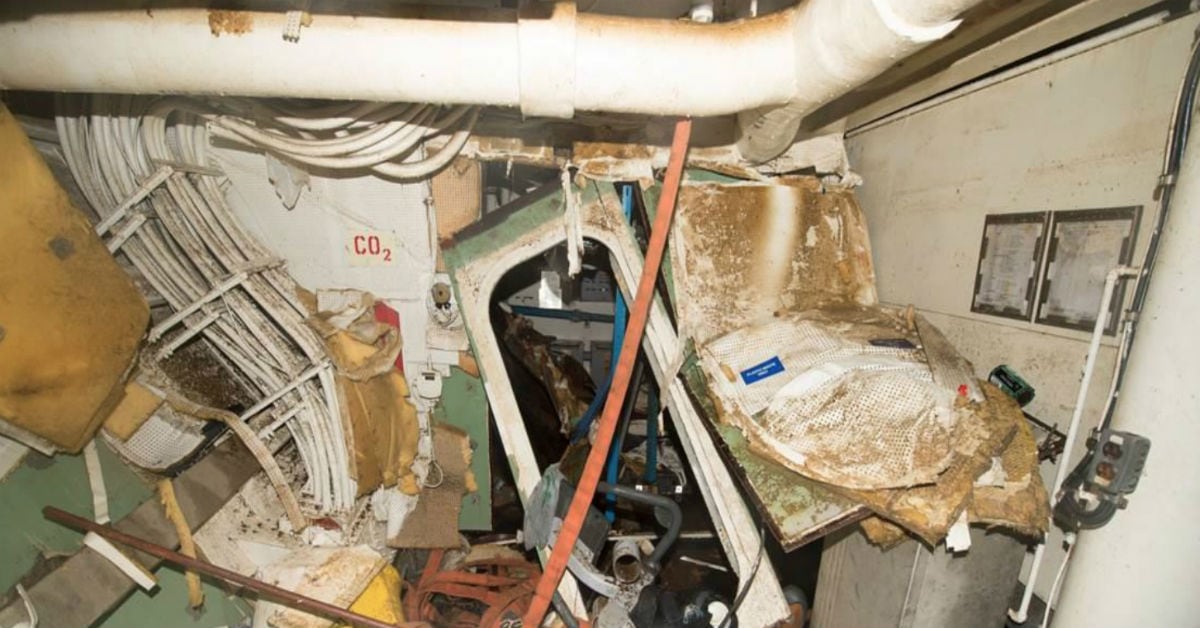After eight months in dry dock, the guided-missile destroyer Fitzgerald was ready to leave for sea in early 2017.
On paper, anyway.
Lt. Cmdr. Ritarsha Furqan feared the crew of the warship wasn’t ready to go out. She figured that up to 70 percent of them had changed over, and all those green shipmates needed to learn about the vessel, and each other.
But they’d never get that time. Superiors in the Japan-based 7th Fleet almost immediately began tasking the warship with assignments at sea.
Everything Furqan thought vital for a crew to thrive – training, achieving crucial certifications for operating in the bustling waters of the Western Pacific – were being jettisoned to make mission.
And then on June 17, 2017 it all unraveled.
The Philippine-flagged commercial cargo vessel ACX Crystal speared into the Fitz off the coast of Japan, killing seven American sailors.
“We didn’t have any time to familiarize new personnel, we didn’t have any time to build relationships and work on strengths and weaknesses, and build unit cohesiveness,” Furqan said at a hearing last year to determine whether two Fitz officers should go to court-martial for their alleged roles in the disaster.
“We didn’t have time to practice doing what we hadn’t done in the past eight months.”
Furqan wasn’t on board the Fitz when the ACX Crystal hit but she had voiced her concerns to then-skipper Cmdr. Robert Shu in March of that year.
“We are not ready to execute,” Furqan recalled telling her commanding officer. “A long (dry dock maintenance session), heavy crew turnover, lack of training time, we’re not ready.”
Furqan said she got the impression that superiors at Destroyer Squadron 15 knew an unready Fitz crew was being dragooned for sea duty before they were ready.
“I asked, ‘have you told them?’” Furqan said. “I was told that, ‘they know.’”
“Despite whether or not we should go, we were going to go because someone wanted a ship, and that’s what we were going to do…whether or not maintenance needed to be done, whether or not equipment was operating properly, we were told to go,” Furqan said.
“So, we had to go.”
The day after
On the day after the Fitzgerald limped back to Yokosuka, a plane carrying Rear Adm. Brian Fort landed in Japan.
A surface warfare officer with a quarter-century in uniform, Fort had been tasked with creating a report the Navy would use, in part, to defend itself against potential negligence lawsuits brought by ACX Crystal’s owners and operators and, indirectly, by the families of the Fitz’s dead sailors.
Completed 41 days after the disaster, it remained secret from the public until it was obtained by Navy Times.
Far more candid than the parade of public pronouncements by senior Navy officials since 2017, Fort’s report details how the the skills of Fitzgerald’s crew had atrophied in the months since it went into dry dock.
For example, after reporting to the Fitz, sailors were supposed to receive instruction on how to escape flooded berthing areas, a crucial course that was to be followed up by retraining every six months.
Of the 38 sailors assigned to Berthing 2, which flooded minutes after the ACX Crystal collision, 36 of 39 “were delinquent in the six-month periodic egress training,” Fort wrote.
Unlike the ships and crew stationed stateside, the needs of 7th Fleet, the Pacific Fleet and Pacific Command meant ships like the Fitz did not have time built into their schedule for training, qualifications and other needs.
The Fitz went into dry dock in mid-2016 and it went out for sea trials in the first month of 2017, according to Fort’s report.
“We went from dry dock to sea trials, then immediately down to Guam do a multinational exercise, and then after I checked off, they were assigned tasking in the South China Sea,” Furqan testified.
The Fitz was only supposed to be out a few weeks for training and the MultiSail 2017 exercise off Guam, but that’s not how the 7th Fleet worked.
“She did not return to port until four months later, on 6 June 2017,” and those “changes in her tasking” meant the Fitzgerald missed a May maintenance session, according to the Fort report.
During that span, the Fitz also suffered “a catastrophic (computer network) failure” that stranded the crew in Sasebo for a week in May, according to Cmdr. Sean Babbitt, who was executive officer of the ship during the collision.
The Fitz finally got back home to Yokosuka, Japan, in early June 2017 after a crew mistake sparked a fire and “a temporary loss of all power throughout the ship,” the report states.
After just 10 days back home, the Fitz returned to sea again on June 16, 2017, without the benefit of a post-patrol maintenance stint.
The Crystal struck the Fitzgerald at 1:30 a.m. the following day.
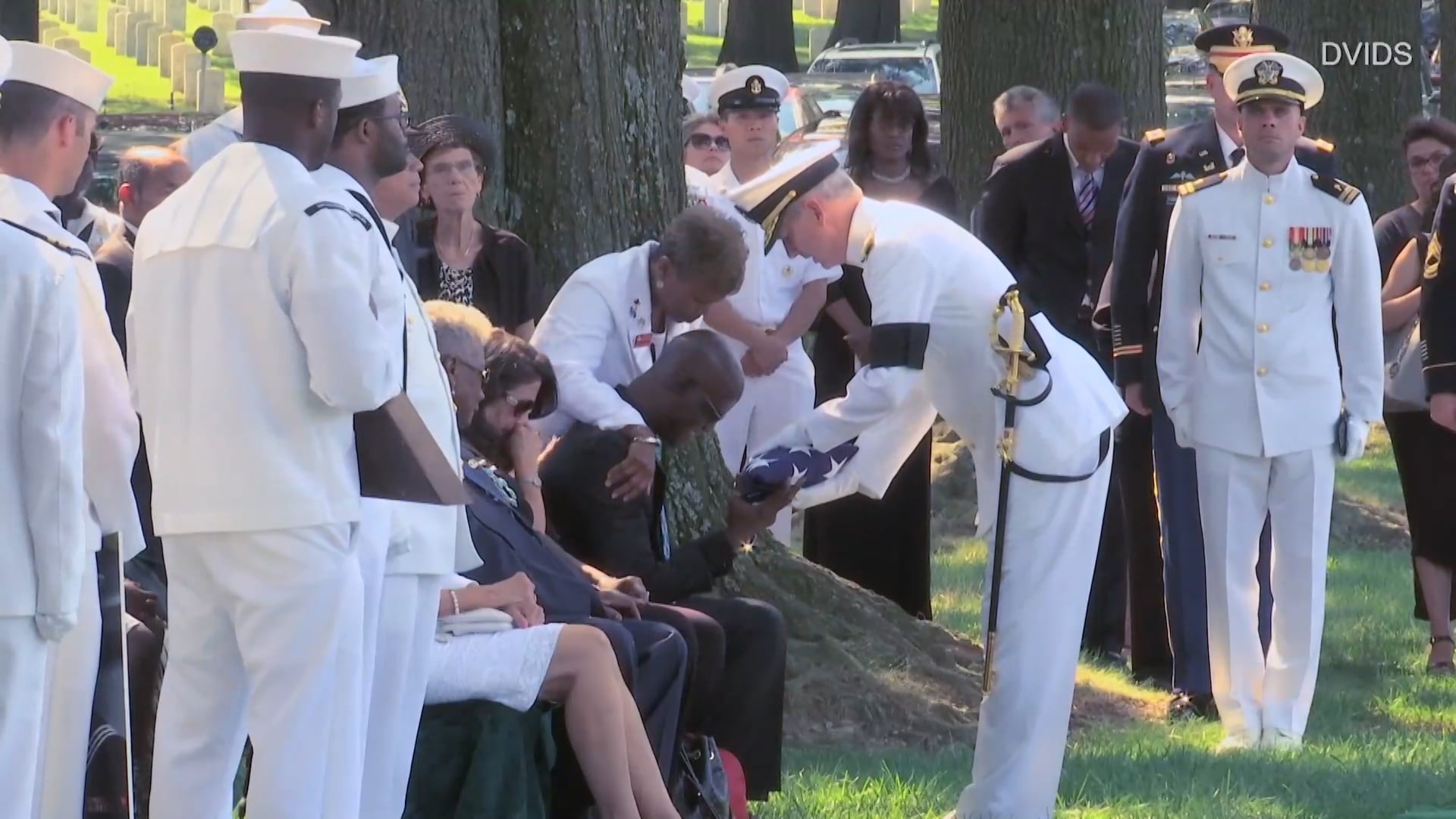
Chest high and rising
Often overlooked in the Navy’s public accountings of the Fitzgerald tragedy was the state of the crew.
The warship was manned by mostly new arrivals who were short on training, dogged by an often dysfunctional chiefs mess and a command triad that failed to prevent a cataclysmic collision.
Yet after disaster struck, the sailors and their officers fought the ship and the sea and stayed alive to bring the Fitz home.
That wasn’t luck. For all the damning details in Fort’s report and the testimony of a stream of former officers and sailors about the warship’s many failures, the crew scrambling to control the damage performed professionally and bravely.
It all started moments after shipmates in Berthing 2 heard a loud bang and water flooded their living quarters, trapping and drowning sailors Xavier Martin, Dakota Rigsby, Shingo Douglass, Tan Huynh, Noe Hernandez, Carlos Sibayan and Gary Rehm within minutes.
The Fort report describes in excruciating detail the horrors sailors below deck witnessed, to a degree never shared in the Navy’s public pronouncements.
Sonar Technician 2nd Class Rod Felderman leaped from his rack into the dark when “the water was chest high and rising,” the report states.
The emergency lights hadn’t kicked on. Felderman squinted at the sailors escaping toward the exit.
“STG2 Felderman stated he saw blurred heads in a line of people in front of him, exiting the row,” Fort wrote. “Even though they were up to their necks in water by that point, he recalls that they moved forward slowly and no one was trampling the others.”
Waiting to leave through the lounge exit, he remembered someone saying the route was blocked, the water lapping at the overhead deck.
Felderman dove underwater, feeling in front of him, kicking and slapping away debris.
“Unable to find a clear path, he jumped up for air and hit his head on the piping,” the report states. “He pushed his face between piping, finding an air pocket that just fit his nose and lips.”
Felderman recalled spotting another person next to him, near the water fountain, “gasping for air.” He swam for it and miraculously surfaced to safety.
He had “suffered near drowning, seawater aspiration, traumatic brain injury, scalp laceration, and ankle laceration” and was medically evacuated, according to the report.
During Felderman’s escape, “he passed the person located at the water fountain and was unsure whether he was still alive,” Fort wrote.
Fort concluded that Felderman had the grim distinction of being the only sailor to escape from the starboard side of Berthing 2, near the Crystal’s impact point.
The rest who managed to survive got out through a hatch on the port side.
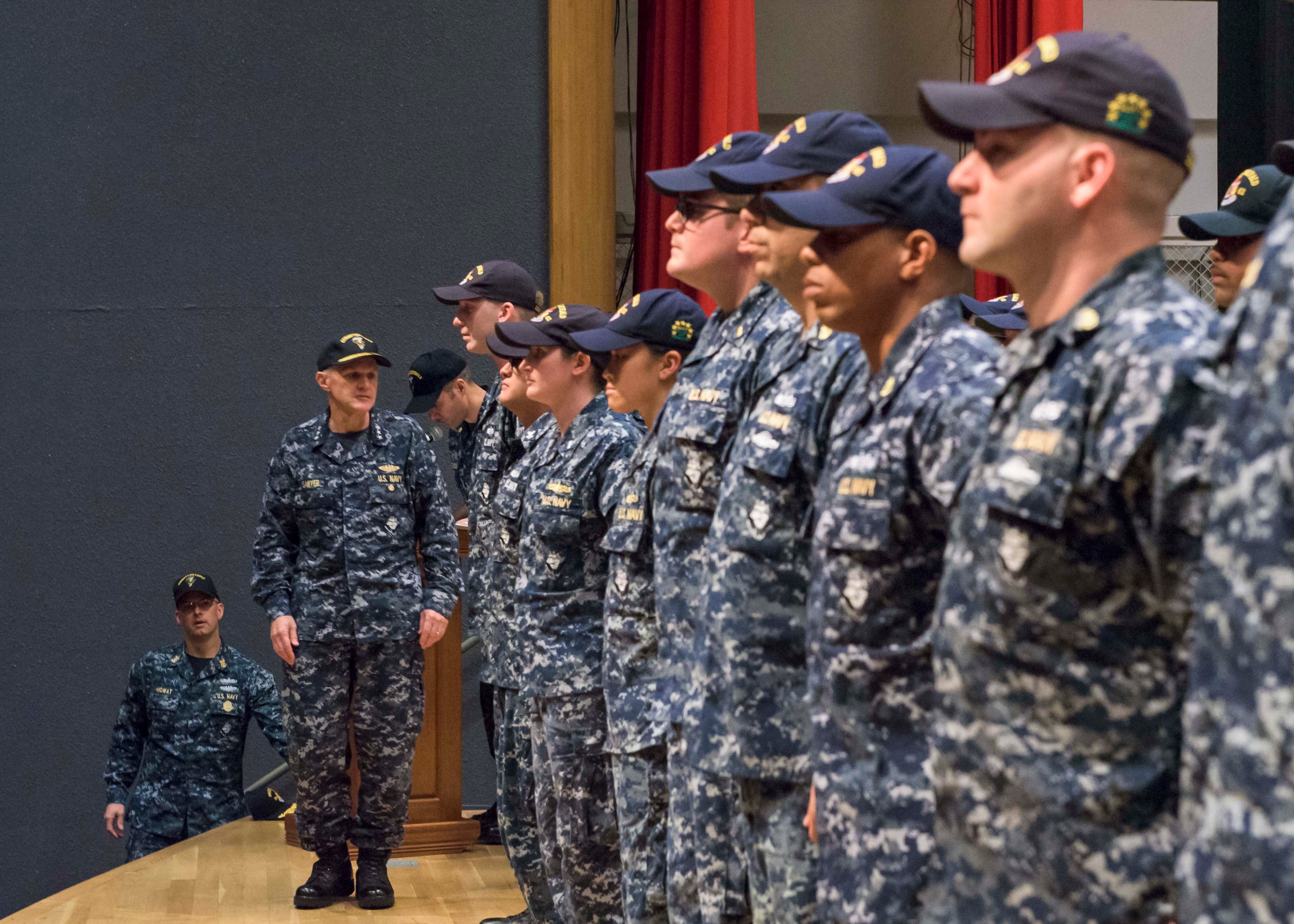
A watery hell
The force of impact from the much larger ACX Crystal felt to the sailors below deck like an explosion, one that was followed by a jet of saltwater.
One sailor told Fort’s investigators that he awoke to find himself “slinky’ed” in his rack.
Another described the force of the seawater flood blasting him into the bathroom. He watched the wave drag another shipmate even deeper into the head’s showers.
Fire Controlman 2nd Class Jackson Schrimsher echoed that, remembering “a wall of water coming at him,” the report states.
By the time he reached the escape ladder, Berthing 2 was under water.
“FC2 Schrimsher stated he was completely under water, stuck his hand up through the scuttle, and (Sonar Technician Surface 1st Class Alexander R.) Vaughn pulled him out,” Fort wrote.
Schrimsher shook it off and served as aft steering helmsman for more than 15 hours as the Fitzgerald limped its way home.
As seawater inched up and out the port side hatch, three sailors “made the exceptionally difficult, but correct decision, to secure the scuttle after they assured themselves that there was no one else who could be saved,” Fort wrote.
Investigators later discovered that the scuttle was never properly locked. Like so many parts of the Fitzgerald, it was broken.
“The scuttle was never actually secured due to significant mechanical binding,” Fort wrote. “Had one of the sailors who drowned in Berthing 2 been able to reach the scuttle after (the three sailors) attempted to secure it, they should have been able to push it up and egress.”
RELATED
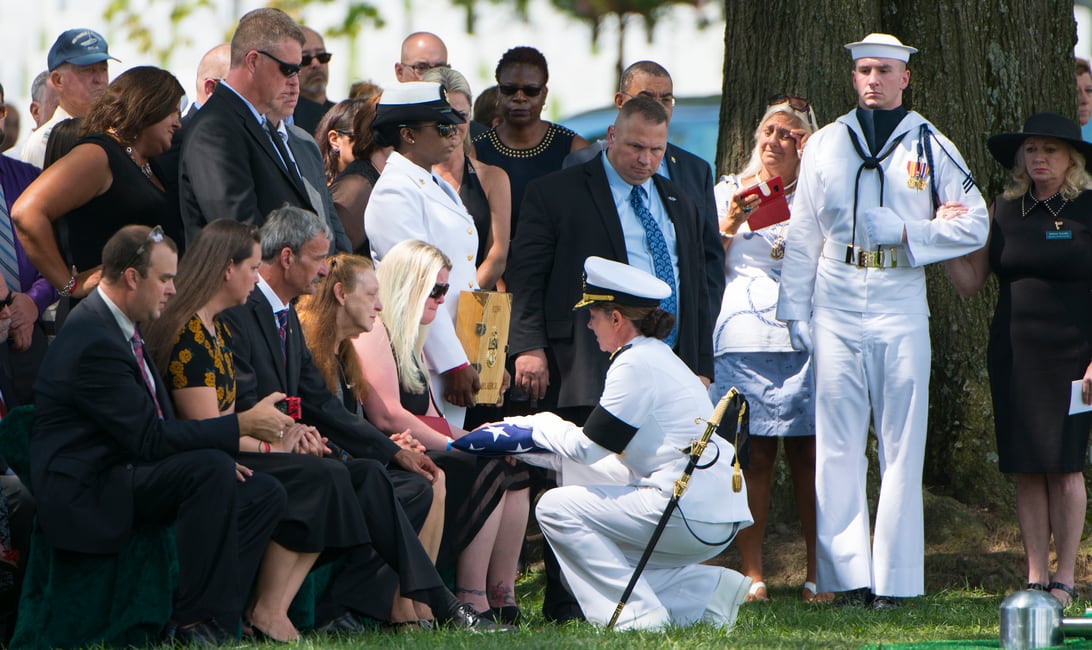
RELATED
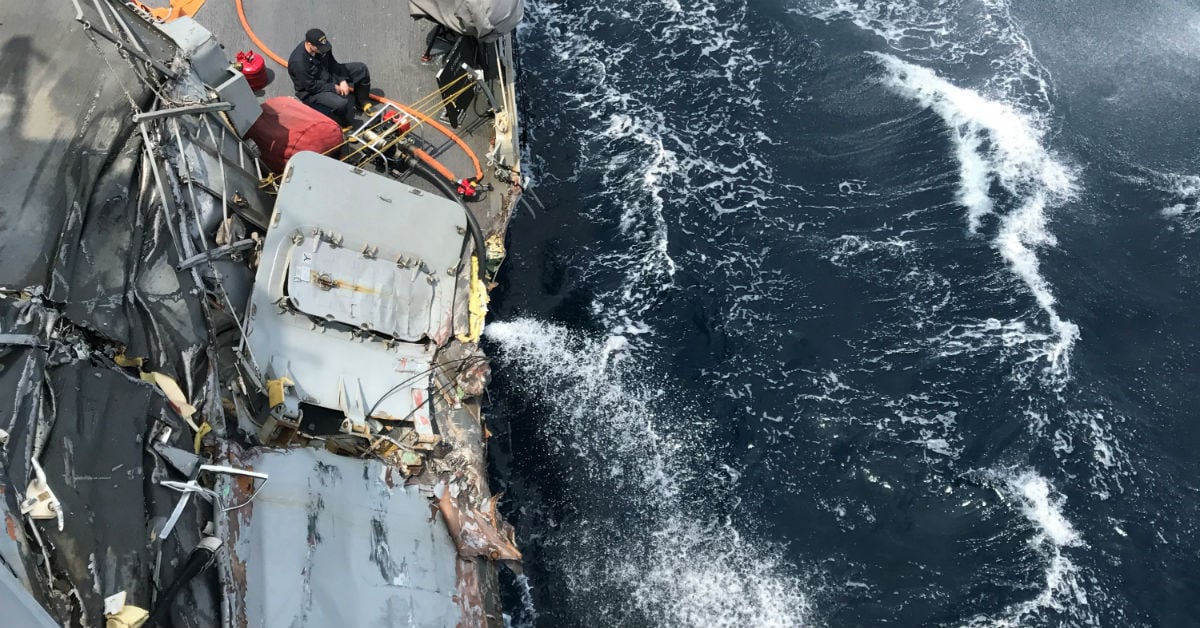
RELATED
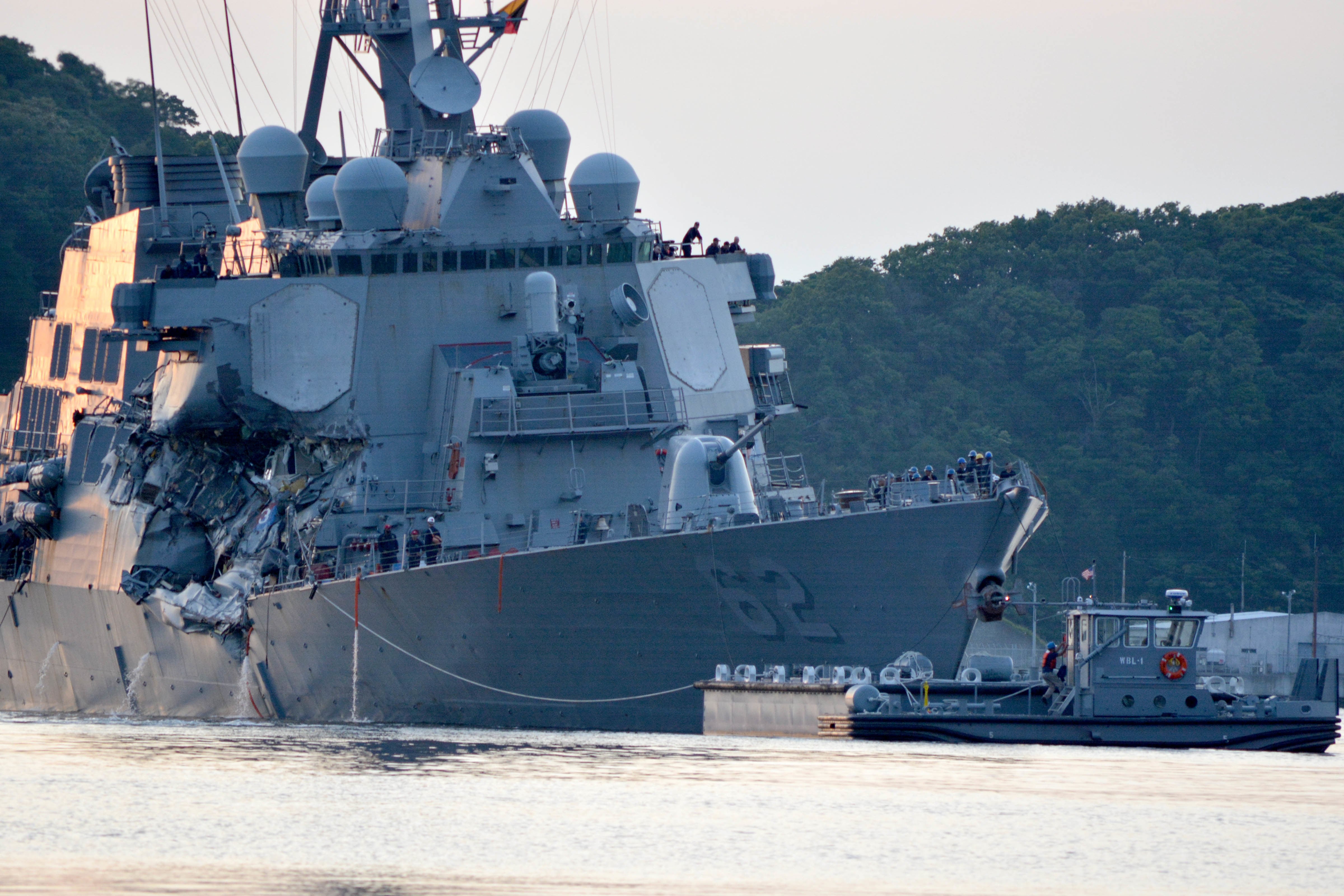
RELATED
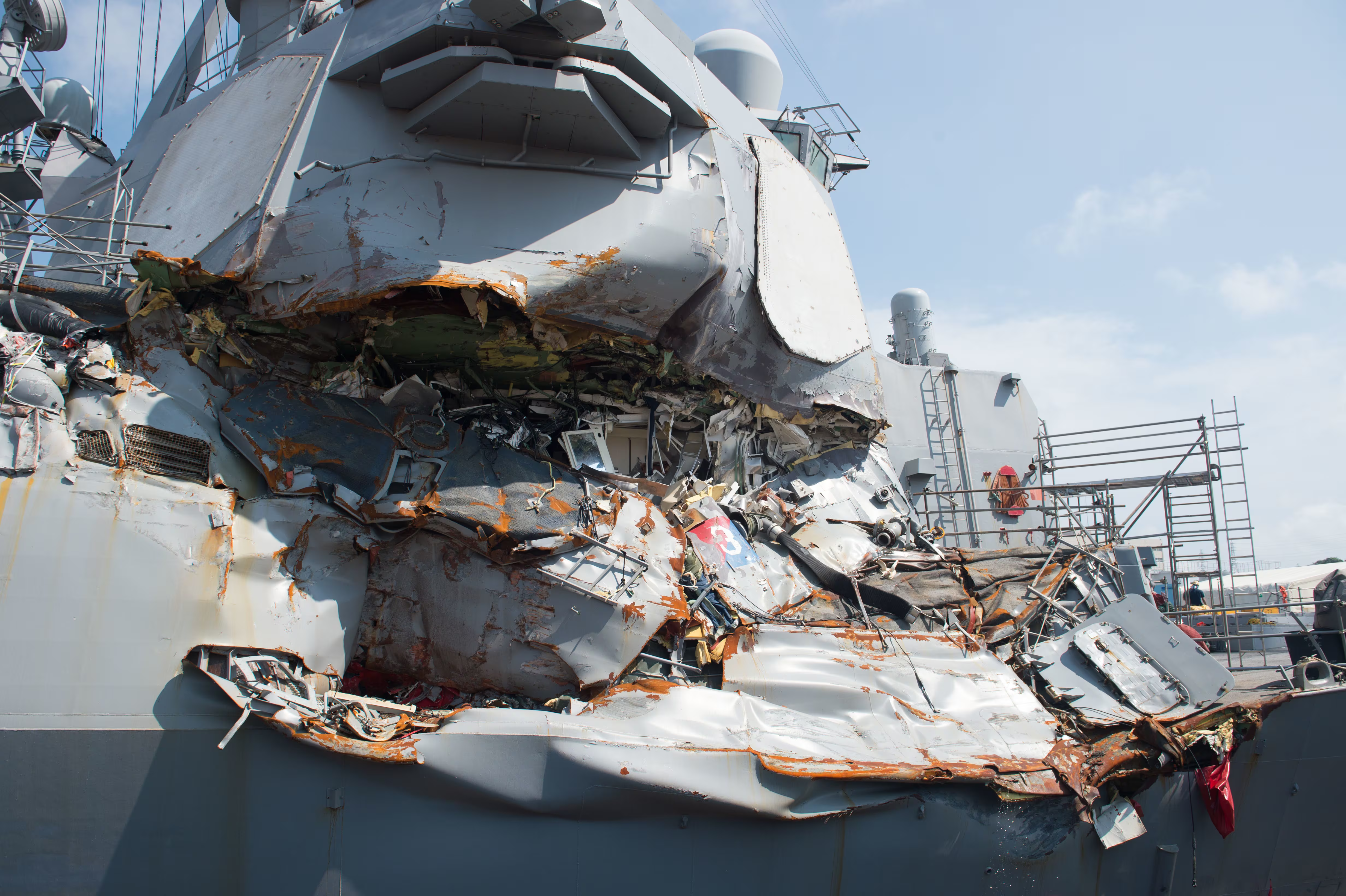
Geoff is the managing editor of Military Times, but he still loves writing stories. He covered Iraq and Afghanistan extensively and was a reporter at the Chicago Tribune. He welcomes any and all kinds of tips at geoffz@militarytimes.com.
